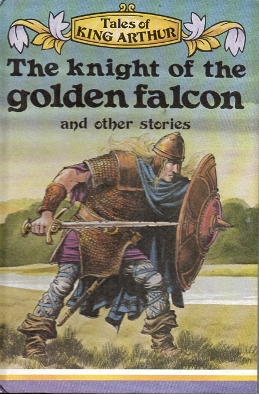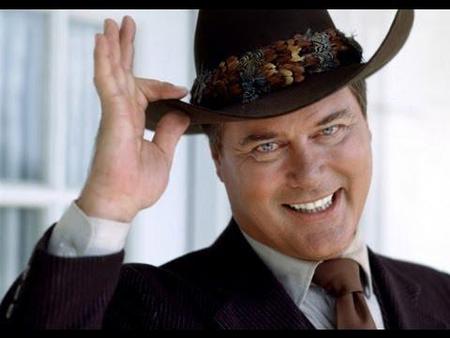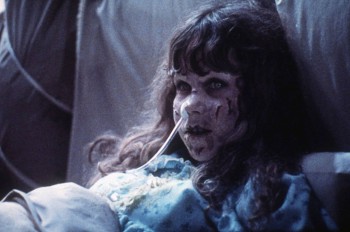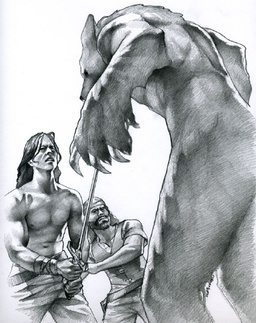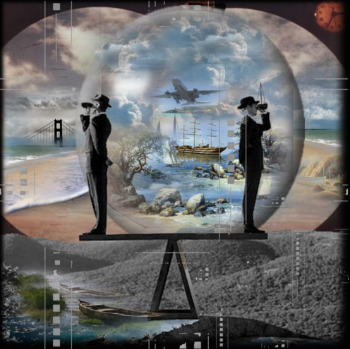The Halt And The Lame
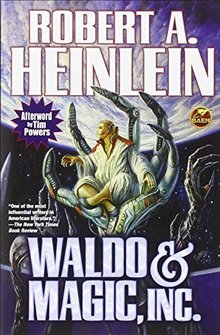 One of the details that made Richard Lester’s The Three Musketeers so unusual at the time of its filming (1973) was a level of realism previously unseen in the historical adventure movie, (think Errol Flynn’s The Adventures of Robin Hood). Lester showed us illness, filth, and poverty in ways we hadn’t really seen in a movie that wasn’t about illness, filth, or poverty.
One of the details that made Richard Lester’s The Three Musketeers so unusual at the time of its filming (1973) was a level of realism previously unseen in the historical adventure movie, (think Errol Flynn’s The Adventures of Robin Hood). Lester showed us illness, filth, and poverty in ways we hadn’t really seen in a movie that wasn’t about illness, filth, or poverty.
Aside: Oddly enough, there’s more realism of this kind in comedy than in any other genre, as though it’s okay to present disease and disfigurement in a way that make us laugh. (Disclaimer: the psychological basis of laughter is not the focus of this post)
Blade Runner did a similar kind of thing for SF movies. Maybe it wasn’t the first time we’d been shown a dark future, but it certainly was the first time we’d been shown one that wasn’t clean. We may argue that George Lucas did it first, in the original Star Wars movie, where Luke was driving what was obviously a used flying car. (And that’s my Star Wars reference for today.)
